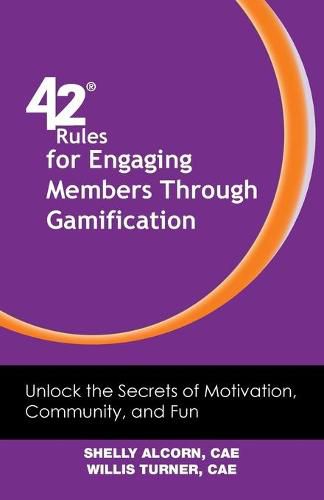Readings Newsletter
Become a Readings Member to make your shopping experience even easier.
Sign in or sign up for free!
You’re not far away from qualifying for FREE standard shipping within Australia
You’ve qualified for FREE standard shipping within Australia
The cart is loading…






This title is printed to order. This book may have been self-published. If so, we cannot guarantee the quality of the content. In the main most books will have gone through the editing process however some may not. We therefore suggest that you be aware of this before ordering this book. If in doubt check either the author or publisher’s details as we are unable to accept any returns unless they are faulty. Please contact us if you have any questions.
Play predates the development of human culture and our brains are hard-wired to use play as a tool to accelerate learning, strategically explore unfamiliar environments and develop collaborative social connections. Games are human created, formalized structures and processes designed to maximize engagement and get the most out of the play impulse. In fact, gaming comes so naturally to us we don’t even notice it for what it is. Two examples of large scale gaming structures include our educational and political systems. Going deeper into understanding how gaming structures work, and intentionally applying those mechanics can give us an advantage when designing experiences meant to engage our members in the work of our associations.
Although games have been with us since we first learned to scratch marks on small rocks, what is new is the impact the internet and technology is having on games and players alike. What was simple activity in the past, is rapidly turning into a large scale social phenomenon. At some point the term gamer will lose it relevancy and we will recognize gamers for what they are - an increasingly sophisticated class of experience consumers.
Games are the first mass media of the 21st century and gaming literacy is an essential skill all executives, staff and volunteers need to develop in order to attract, appeal to and invite a new generation of players to play the association game.
In this book, we take a simple, practical approach to helping you and your volunteers take these ideas one step farther. By using these 42 rules, you will be able to use simple gaming mechanics to increase member engagement, improve educational outcomes and build community in your industry or profession.
$9.00 standard shipping within Australia
FREE standard shipping within Australia for orders over $100.00
Express & International shipping calculated at checkout
This title is printed to order. This book may have been self-published. If so, we cannot guarantee the quality of the content. In the main most books will have gone through the editing process however some may not. We therefore suggest that you be aware of this before ordering this book. If in doubt check either the author or publisher’s details as we are unable to accept any returns unless they are faulty. Please contact us if you have any questions.
Play predates the development of human culture and our brains are hard-wired to use play as a tool to accelerate learning, strategically explore unfamiliar environments and develop collaborative social connections. Games are human created, formalized structures and processes designed to maximize engagement and get the most out of the play impulse. In fact, gaming comes so naturally to us we don’t even notice it for what it is. Two examples of large scale gaming structures include our educational and political systems. Going deeper into understanding how gaming structures work, and intentionally applying those mechanics can give us an advantage when designing experiences meant to engage our members in the work of our associations.
Although games have been with us since we first learned to scratch marks on small rocks, what is new is the impact the internet and technology is having on games and players alike. What was simple activity in the past, is rapidly turning into a large scale social phenomenon. At some point the term gamer will lose it relevancy and we will recognize gamers for what they are - an increasingly sophisticated class of experience consumers.
Games are the first mass media of the 21st century and gaming literacy is an essential skill all executives, staff and volunteers need to develop in order to attract, appeal to and invite a new generation of players to play the association game.
In this book, we take a simple, practical approach to helping you and your volunteers take these ideas one step farther. By using these 42 rules, you will be able to use simple gaming mechanics to increase member engagement, improve educational outcomes and build community in your industry or profession.